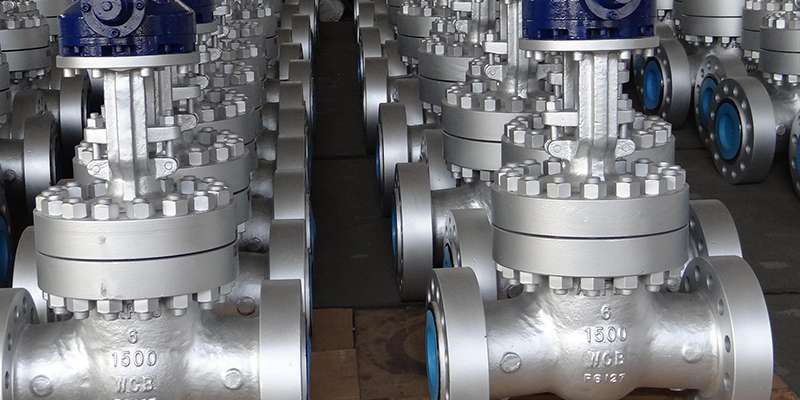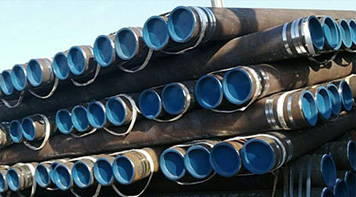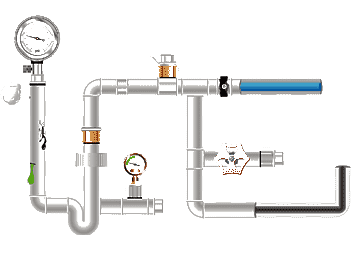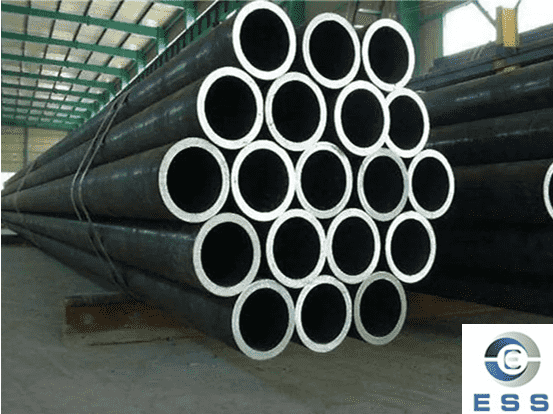
The roughness coefficient of carbon steel
pipe refers to the degree of surface irregularity or convexity, and is an
important parameter for measuring the resistance to flow within a pipe.
What Is The Roughness Coefficient of Carbon
Steel Pipe?
Carbon steel pipe is a commonly used pipe
material. Variations in its surface roughness coefficient can affect its
transmission performance. Choosing the right pipe can significantly improve
transmission efficiency and reduce material loss.
The roughness coefficient of carbon steel
pipe refers to the degree of surface irregularity or convexity on the pipe's
inner surface. It reflects the surface condition and is often used to describe
the resistance to flow of liquids and gases within the pipe. Its value is
related to factors such as the pipe wall material, manufacturing process, and
operating conditions. It is generally represented by the symbol ε. The smaller the value, the lower the resistance to flow within the
pipe and the greater the flow rate.
Calculation Methods for the Roughness
Coefficient of Carbon Steel Pipes
1. Calculation Method Based on Absolute
Roughness
This method uses metric units. The
calculation formula is:
ε = (e/pipe diameter) × 1000
where e is the absolute roughness in meters, the pipe
diameter is in meters, and ε is a dimensionless unit.
2. Calculation Method Based on Relative
Roughness
This method is often used to calculate the
relative roughness coefficient of small-diameter carbon steel pipes.
The
relative roughness coefficient ranges from 0.0001 to 0.05.
The calculation
formula is: ε = (e/pipe diameter) × 1000
where e is the relative roughness coefficient, also in
meters.
3. Calculation Method Based on Empirical
Formula
This method is suitable for carbon steel
pipes with newer or smoother walls.
The calculation is based on existing data
and empirical formulas.
Common Roughness Coefficient Reference Chart
for Carbon Steel Pipes
The absolute roughness (ε) of carbon steel pipes is generally within the following range:
|
Pipe Type
|
Condition
|
Absolute Roughness ε (mm)
|
Relative Roughness ε/D (Typical Value)
|
|
New Carbon Steel Pipe (Cold-Drawn/Precision
Tube)
|
Smooth Inner Wall
|
0.015 ~ 0.03
|
0.00005 ~ 0.0002
|
|
Common Commercial Carbon Steel Pipe (Seamless
Pipe/Welded
Pipe)
|
New Pipe
|
0.045 ~ 0.15
|
0.0002 ~ 0.001
|
|
Galvanized
Steel Pipe
|
New Pipe
|
0.15 ~ 0.20
|
0.0005 ~ 0.0015
|
|
Carbon Steel Pipe in Service for Several
Years
|
with Slight Scale/Corrosion
|
0.2 ~ 0.5
|
0.001 ~ 0.003
|
|
Old or Severely Scaled Carbon Steel Pipe
|
with Uneven Inner Wall
|
0.5 ~ 1.5
|
0.003 ~ 0.01
|
Factors Affecting the Roughness
Coefficient of Carbon Steel Pipe
1. Pipe Quality and Manufacturing Process
The inner surface smoothness of
high-precision cold-drawn steel pipe is superior to that of hot-rolled steel
pipe.
Welded steel pipe may experience localized
increases in roughness at the weld seam.
2. Pipeline Usage
Over time, the inner surface of the pipe
will gradually wear away, increasing irregularities on the inner surface and
increasing the roughness coefficient.
3. Fluid Velocity and Properties
The higher the fluid velocity, the greater
the resistance encountered during flow within the pipe, increasing friction and
the roughness coefficient accordingly.
4. Environmental Factors
In humid, high-temperature, or chemically
mediated environments, carbon steel pipe is more susceptible to rust and
corrosion, which increases carbon
steel pipe roughness.
Conclusion
The roughness coefficient of carbon steel
pipe is more than just a surface parameter; it directly affects fluid delivery
efficiency, energy consumption, and pipeline network operational stability. To
improve delivery efficiency and reduce costs, it is crucial to rationally
select pipes and maintain a smooth surface.
Read more: Surface Roughness of Carbon Steel Pipe or What Affect The Absolute Roughness of Carbon Steel Pipes













 Eastern Steel Manufacturing Co.,Ltd not only improve product production and sales services, but also provide additional value-added services. As long as you need, we can complete your specific needs together.
Eastern Steel Manufacturing Co.,Ltd not only improve product production and sales services, but also provide additional value-added services. As long as you need, we can complete your specific needs together.










